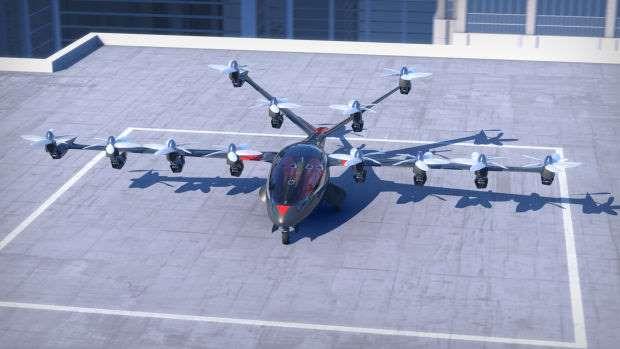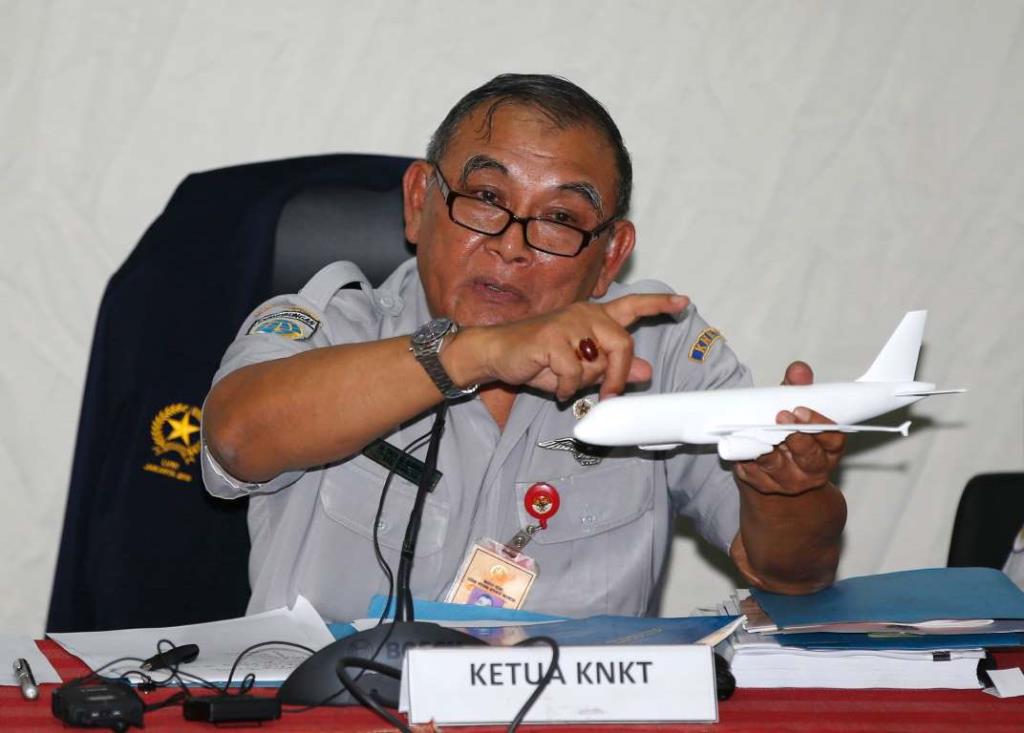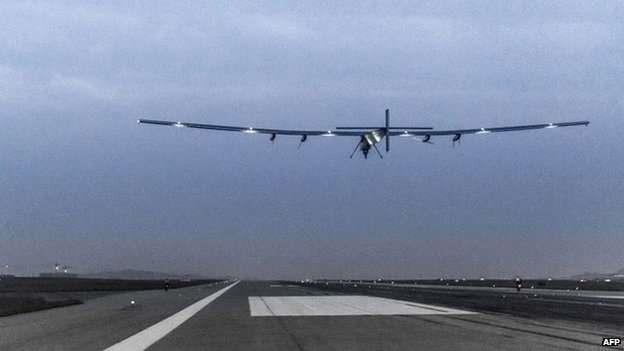May 26, 2015
Drones may edge closer and closer to becoming our common couriers, photographers and even hunters, but when it comes to autonomous electric flying technologies, there's still one area that seems out of reach: personal transportation. Joby Aviation aims to change that with its battery-powered aviation technology.

May 26, 2015
Drones may edge closer and closer to becoming our common couriers, photographers and even hunters, but when it comes to autonomous electric flying technologies, there's still one area that seems out of reach: personal transportation. Joby Aviation aims to change that with its battery-powered aviation technology.

For Joby CEO and founder JoeBen Bevirt, fast, convenient air travel seems nearly ready to hit the tarmac, and he's been working on his baby—the S2 two-seat electric aircraft—since 2005. In addition to the piloted S2 and the newer four-seat S4, Joby has also started mapping out plans for its next-generation of unmanned, remotely controlled versions. In essence, drones for people. But don't pack your bags just yet. Plenty of challenges dot the landscape between here and there, not least of which are regulatory approvals. Bevirt figures it will take at least seven to 10 years to iron out the rules that will govern his upcoming aircraft.
Up, Up And Away
Joby's plans for "people drones" and its S2 aircraft share the same basic DNA. They rely on the same sort of battery power, sensors and electrical components that, the company hopes, improves on short-haul air travel.
Ten years ago, the S2 would not have been possible, but advancements in battery efficiency over the last decade have made such technologies much more viable. As a two-seat, fixed-wing electric plane, the S2 was designed to travel up to 200 miles—placing it firmly in weekend-jaunt or commuter territory.
"If we can build an aircraft which is quiet, safe, and efficient, and you get door-to-door at five times the speed of ground transport, it will radically change life," Bevirt told ReadWrite. "It will have a transformative effect." Imagine skies littered with sky taxis carrying passengers to work or short-hop destinations.
The intention smacks of another famous transportation project, Elon Musk's intriguing (and technically still theoretical) Hyperloop ground transport system. The S2, which can travel at 200 miles per hour (mph), can't quite catch up to the Hyperloop's promised 760 mph. However, it also doesn't involve the same infrastructure costs: With the ground-traveling "pods," hundreds of miles of tracks must be laid down, and that's just for the initial test from Los Angeles to San Francisco.
Meanwhile, the S2 doesn't even require a runway. Packed with 12 different propellers and sensors, the lightweight unit operates as a vertical take-off and landing (VTOL) aircraft. In other words, it can lift off and land on helipads, making it suitable for use between densely populated areas or other points too awkward or inaccessible for standard flights.
Although Joby won't face the same infrastructure costs as the Hyperloop, that doesn't mean it won't have any—particularly if it becomes as popular and "transformative" as Bevirt hopes. For example, San Francisco currently boasts six heliports. According to the U.S. Census Bureau, roughly 265,000 people commute into San Francisco each day.
Initially, Joby may have to stick with servicing occasional weekend trips—from, say, San Francisco to Lake Tahoe—instead of handling daily work commutes. But that's one of its goals, and even in the meantime, the scenario operationally would still require more helipads.
It's Hard, Making Drones For People
For Bevirt, the most pressing matter—apart from safety, which is paramount—is sound: "You can build one that's safe, but if it's also loud, it would be dead before it arrived as a product, because of the noise," he said. "Our goal is [to make it] 100 times quieter than a helicopter." Put in quantitative terms, Joby wants its newer S4 (the S2, but with two more seats) to be approximately 65 decibels at 250 feet altitude.
"That's a magical number where [humans] tend to find things not too annoying," he said.
That's not the only challenge, particularly when it comes to Joby's next-generation autonomous electric aircraft.
The Federal Aviation Administration could classify them as either commercial planes or massive passenger drones, the latter of which could throw a monkey wrench into the works. Until recently, the FAA has been reluctant to even allow a trial for commercial use of compact drones, much less a final set of rules regarding their use. That's just for delivering Amazon packages or other goods. But it may look like a walk in the park compared to the likely debate and analysis around super-sized drones carrying actual human beings. Joby may have a load of obstacles in front of it, with no easy answers, but Bevirt seems optimistic. It helps that he also knows how to present a persuasive argument to rally support: Presenting at a drone conference in Santa Cruz, Calif., the CEO noted that in terms of fuel, speed, and efficiency, the cost of using a sky taxi would be approximately $1.20 per mile.
Joby's S2 technical paper (.pdf) shows a more apples-to-apples comparison, listing the approximate price tag and energy cost of its S2 aircraft as $200,000 and $0.05, respectively, while pegging the Robinson R22 helicopter at $291,700 and $0.53. It also shows operating costs at $0.20 (Joby S2) versus $1.30 (Robinson R22).
The possibility of fast, efficient travel at rock-bottom prices and minimal infrastructure costs could make for sky-high potential. Certainly Bevirt imagines that, instead of ordering Amazon packages or pizza for air delivery, we may one day hop in our sky taxis and go for a drone-powered weekend of shopping and dining before too long. That future may be farther off in the distance than he imagines, but it still looks like it's on the horizon. For now.
Courtesy: ReadWrite / Joby







































































































